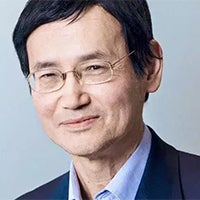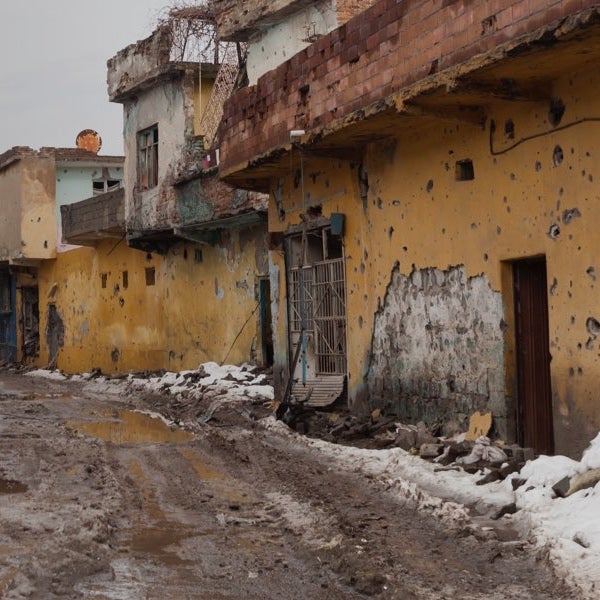The hospitality industry worldwide is being battered – not by a physical force of nature like an earthquake or hurricane but by an “invisible” coronavirus, which causes no physical property damage. Projections show 2020 to be the worst year on record for hotel occupancy, even worse than during the Great Depression.
Providing non-damage business interruption (NDBI) coverage explicitly for pandemics is a major challenge for insurers. Limited capacity is a constraint; to overcome this problem, the market is actively considering the transfer of NDBI pandemic risk to the capital markets and national governments.
Not just a pandemic can cause a drastic decline in hotel occupancy rates but acts of terrorism can also keep visitors away. Just as tourists avoid booking hotels in cities with a high pandemic infection rate, they avoid cities that have been targeted by terrorists. One city that has suffered from tourists staying away due to fears of terrorism is Paris, the most popular tourist city in Europe, which saw a noticeable decline in tourist numbers in 2016 following two high-profile ISIS terrorist attacks the previous year. The worldwide media publicity for both attacks was in keeping with the ISIS mantra that “half of Jihad is media.”
The first Paris terrorist attack in 2015 targeted staff attending the weekly editorial meeting of satirical magazine Charlie Hebdo, on January 7. Later that year, on November 13, 2015, a second Paris attack targeted the national sports stadium, a popular theater, as well as six restaurants and cafés. The death toll was 12 in the first attack and 130 in the second.
No hotels were targeted in either of these attacks, which involved AK-47s and improvised explosive devices, so there was no direct physical damage to any Paris hotel nor any collateral damage from a nearby attack. Nevertheless, there was a 15 percent decline in revenue per available Paris hotel room through the first three quarters of 2016. There were 1.5 million fewer tourists in Paris in 2016 compared with 2015. This decline was sufficiently large for some hospitality businesses in Paris to consider coverage for terrorism NDBI to even out their future revenue streams.
As a pioneer in both pandemic and terrorism risk modeling, RMS® has been involved in NDBI discussions on combined pandemic and terrorism risk transfer since the 2009 influenza pandemic, which originated in Mexico. The case fatality rate for the 2009 pandemic was less than for seasonal flu, and concern over pandemic risk was muted by the benign experience of a mild pandemic. This classic example of “anchoring bias” (using an initial piece of information to make subsequent decisions) has been dispelled by COVID-19, which has highlighted the large coverage gap for economic losses arising from pandemic-related social distancing measures.
As a reminder of the persistent Islamist terrorist threat in France, on October 16, 2020, a schoolteacher, Samuel Paty, was stabbed and beheaded by a teenage Chechen refugee for showing controversial cartoons that had motivated the 2015 Charlie Hebdo terrorist attack. A menacing message was also sent to the French president to emphasize the political dimension to this terrorist outrage. The site of the brutal killing was a school about 30 kilometers (about 18.5 miles) from Paris, but it might have been in the French capital. A mass demonstration of solidarity was held in central Paris, as happened five years earlier after the Charlie Hebdo attack. Other French cities have also experienced attacks, including three people murdered in Nice on October 29, 2020.
Terrorism is the language of being noticed. These recent terrorist acts across France garnered international news coverage. This might be reason enough for tourists to reconsider a future visit to the country, post-coronavirus lockdown. Certainly, the fear of terrorism quelled tourist numbers in 2016.
Both terrorism and pandemics are systemic risks, having a global reach and affecting all business sectors. Even if widespread NDBI coverage is not feasible, specific coverage might be available for a specific city, such as Paris, and for one designated business sector, such as hotels. Lateral thinking might lead to a NDBI solution reaping the diversification benefits of pooling extreme risks, both natural and man-made, including pandemic as well as terrorism risk. For the tourism sector, there will be a significant appetite for coverage that can protect their businesses from the worst extremes of these risks in the future.






